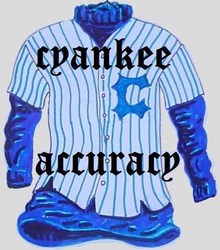wsmallwood
Member
Bill,
Do you think Muller barrels are harder than Ratchets to find the best place to crown and chamber? Should Muller barrels be left as long as possible to gain the most accuracy vs Ratchets where inexperienced smiths just backs up to the 22-24" length and chambers, etc?
I know you've been lapping for a long time. I know you are an expert at lapping barrels. So if we rated you a 10 how would you rate Tvolstad (says he laps), Muller (Seen pictures of him lapping), and the general Shilen lap respectively?
To go one step further, if you had one of each of the above just handed to you could you tell who lapped the barrel? I'm pretty sure you could identify your own. What about the other three?
Do you think Muller barrels are harder than Ratchets to find the best place to crown and chamber? Should Muller barrels be left as long as possible to gain the most accuracy vs Ratchets where inexperienced smiths just backs up to the 22-24" length and chambers, etc?
I know you've been lapping for a long time. I know you are an expert at lapping barrels. So if we rated you a 10 how would you rate Tvolstad (says he laps), Muller (Seen pictures of him lapping), and the general Shilen lap respectively?
To go one step further, if you had one of each of the above just handed to you could you tell who lapped the barrel? I'm pretty sure you could identify your own. What about the other three?

